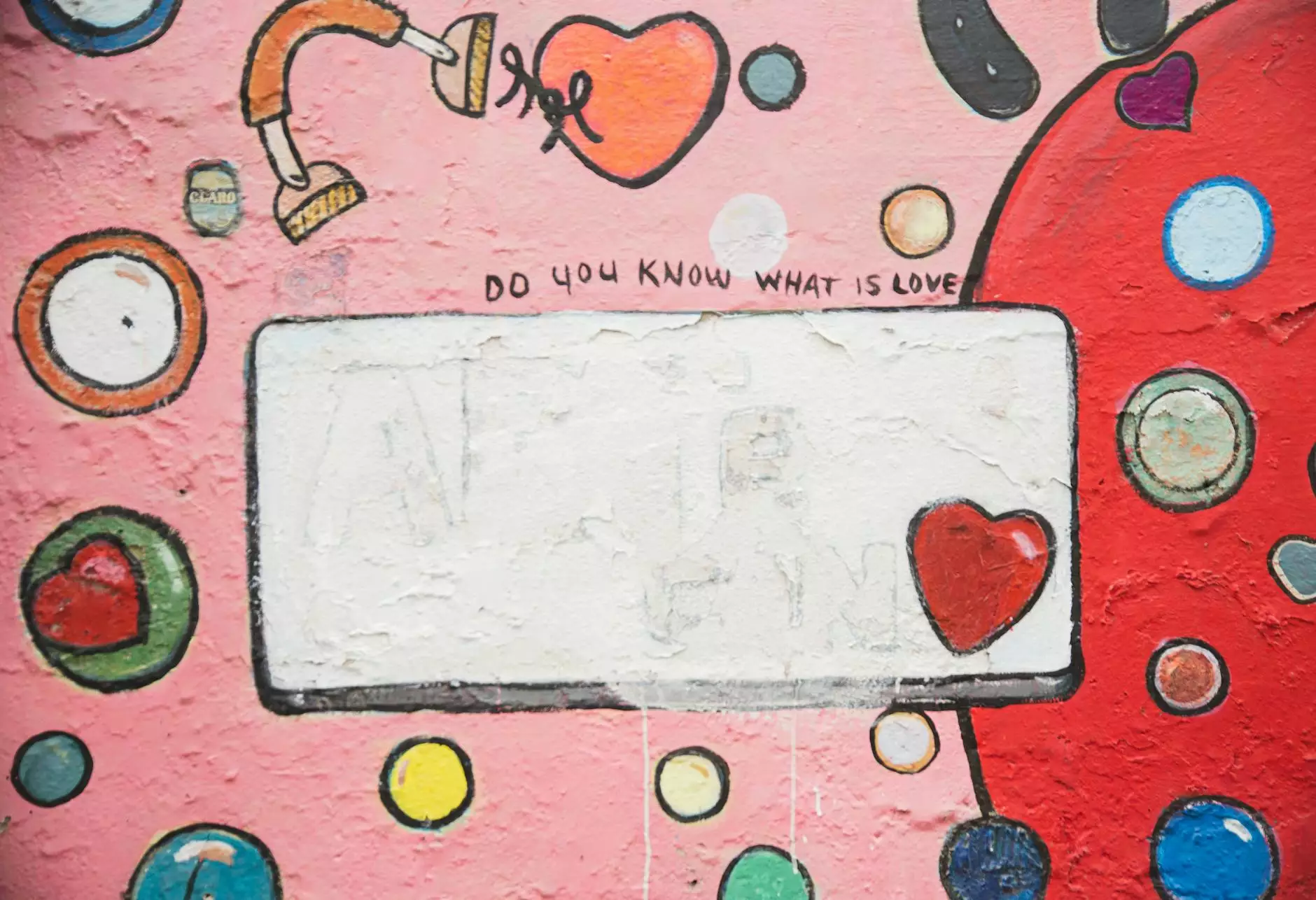Beside vs. Besides - Confusing English Vocabulary Lesson
English Vocabulary Lessons
Introduction
Welcome to NJCLT's comprehensive English vocabulary lesson on the distinction between 'Beside' and 'Besides'. Understanding the correct usage of these words is crucial for effective communication in English. In this lesson, we will explore their meanings, differences, and provide you with clear examples to enhance your language skills.
Overview
Many English learners often confuse the words 'Beside' and 'Besides' due to their similar spellings. However, they have distinct meanings and should not be used interchangeably. By delving into their definitions and contexts, you will be equipped with the knowledge to accurately and confidently use them in your conversations and writing.
What Does 'Beside' Mean?
The word 'Beside' functions as a preposition and typically means "at the side of" or "next to." It indicates proximity or physical location in relation to something or someone else. For example:
- She sat beside her best friend during the movie.
- The park is beside the shopping mall.
When to Use 'Beside'
Use 'Beside' when you want to convey the idea of proximity, adjacency, or being in close proximity to something or someone:
- He stood beside the statue, admiring its beauty.
- I keep my books beside my bed for easy access.
What Does 'Besides' Mean?
'Besides' is primarily used as a preposition, adverb, or conjunction with multiple meanings, making it more versatile than 'Beside.' Let's explore its different connotations:
- Preposition: When used as a preposition, 'Besides' often means "in addition to" or "apart from." It introduces extra information or factors that are supplementary to the main subject. For example:
- Besides English, she also speaks French and Spanish.
- There are many recreational activities to enjoy besides hiking.
- Adverb: As an adverb, 'Besides' indicates an opinion or provides further information. It can also convey the idea of "as well" or "moreover." For example:
- The food was delicious, and the service was excellent besides.
- I couldn't attend the meeting — besides, I had already submitted my report.
- Conjunction: When functioning as a conjunction, 'Besides' connects two clauses and adds information that supports the previous statement. For example:
- She wanted to go out for a walk; besides, the weather was perfect.
- I wasn't feeling well besides being extremely tired.
How to Choose Between 'Beside' and 'Besides'
As mentioned earlier, 'Beside' and 'Besides' have different meanings and are used in different contexts. To choose the correct word, consider the following:
- Proximity: When referring to physical location or closeness, use 'Beside.' For example: "He is standing beside me."
- Additional information: When adding extra information or expressing something in addition to the main subject, opt for 'Besides.' For example: "I enjoy playing soccer, and besides, it keeps me fit."
Practice Examples
Let's practice using 'Beside' and 'Besides' correctly in different sentences:
- The library is located beside the post office.
- She enjoys painting and knitting. Besides, she plays the piano.
- My best friend sits beside me in class.
- He doesn't have any other hobbies besides reading.
- Besides being a great cook, she is also a talented writer.
Conclusion
Congratulations on completing NJCLT's comprehensive vocabulary lesson on 'Beside' and 'Besides'! You now have a solid understanding of the differences between these two confusing words. Remember to choose 'Beside' when referring to proximity and 'Besides' when adding extra information or expressing something in addition. Practice their usage to further improve your English skills and enhance your communication abilities.
Stay tuned for more valuable English language resources and lessons from NJCLT!










